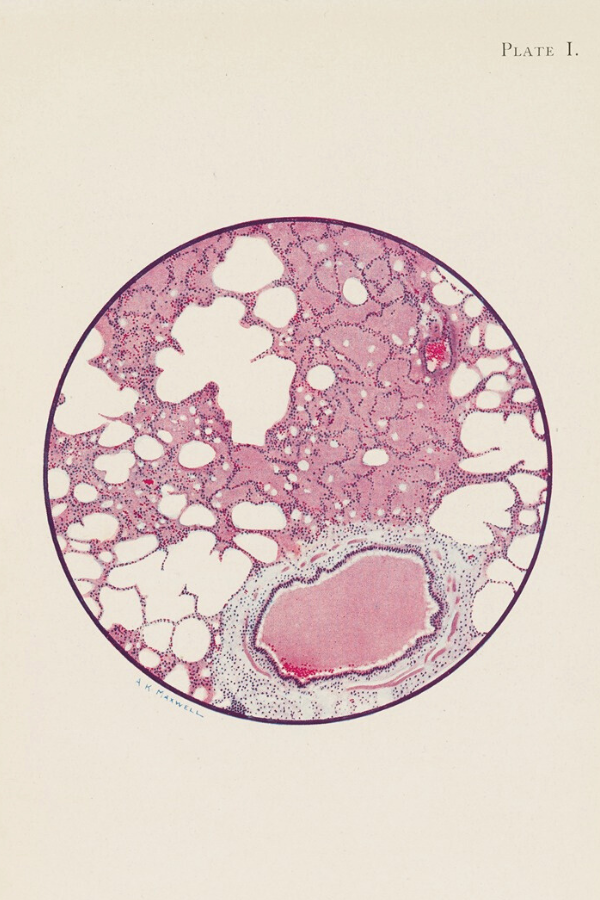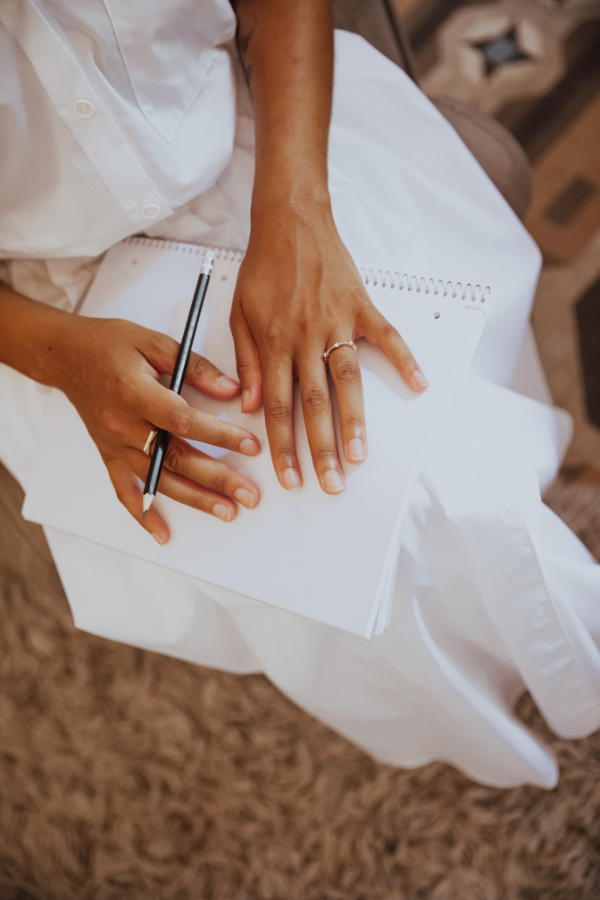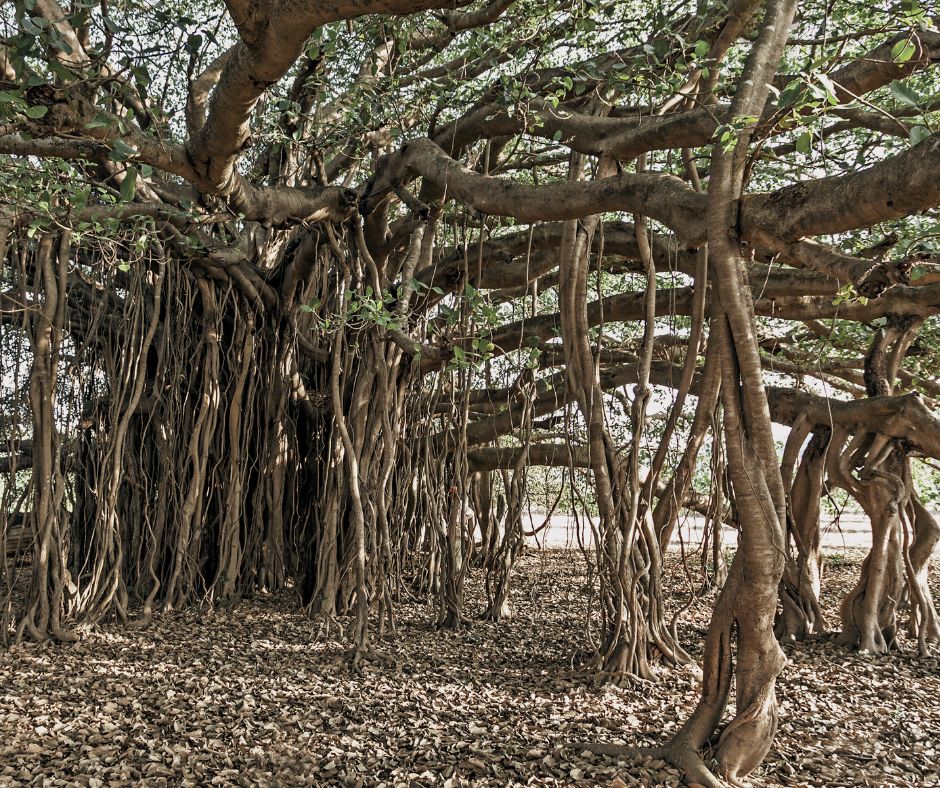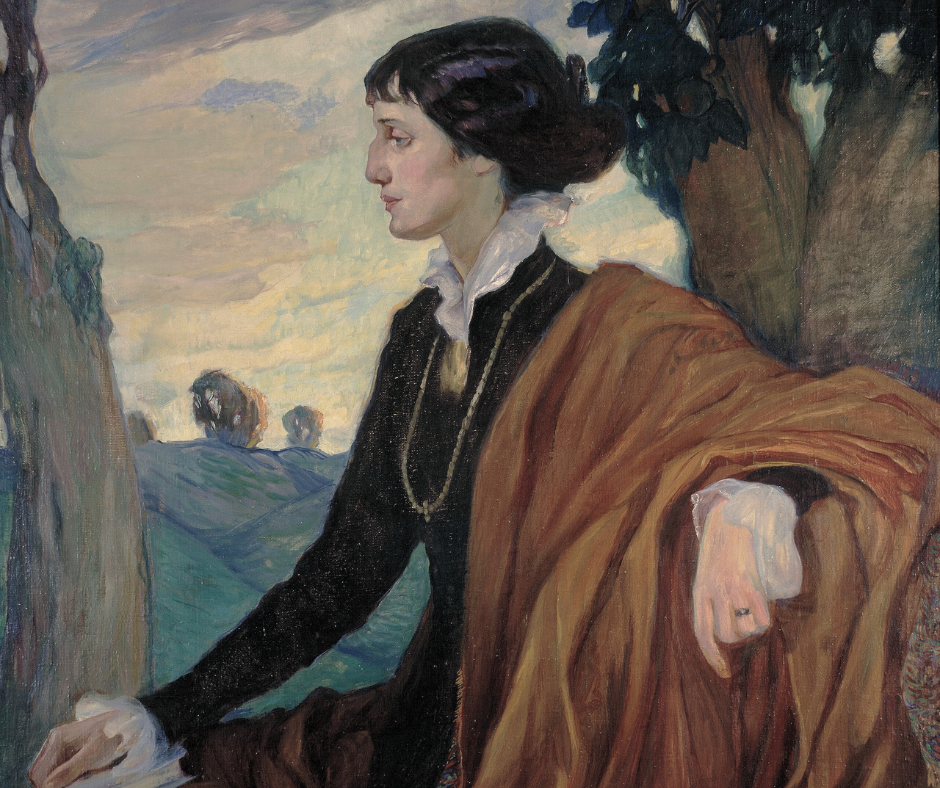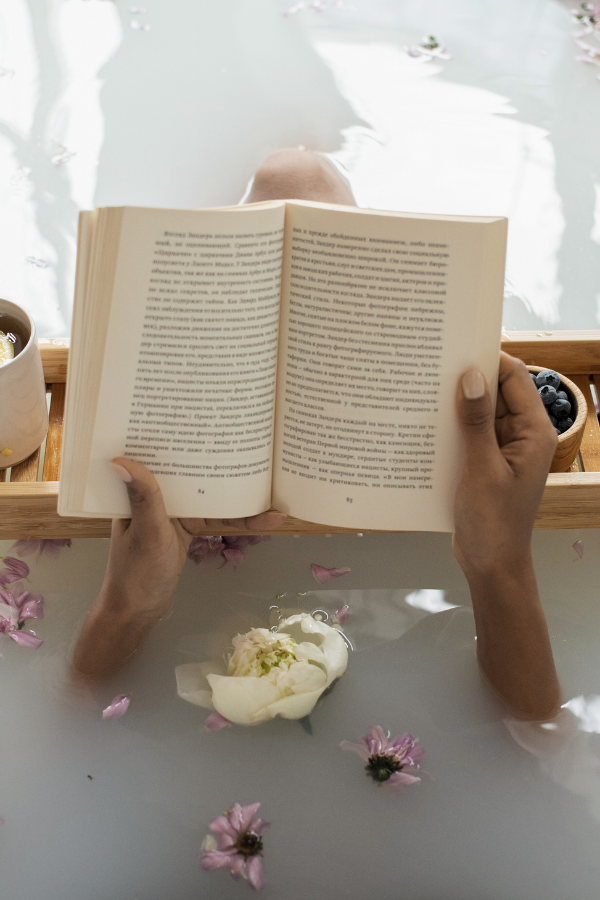
The Science Behind Creative Block: Why It Happens and How to Beat It
Summary
Reflection Questions
Journal Prompt
That sinking feeling of inadequacy when faced with creative work? Wanting to lay your head on your desk in frustration? We have all felt it. That feeling of stagnation is often termed “creative block.” Confidence wanes, and the creative flow stalls—placing far too much pressure on you while you question your place in the industry. These bouts of designer’s block—particularly at the project’s outset—are not uncommon. Pixels are rearranged tirelessly on your computer screen, but that spark and fresh perspective remain elusive—fueling self-doubt.
As a designer, you’ve undoubtedly experienced creative block—a shared experience among nearly all creative minds. Conventional wisdom may offer simplistic advice like “just push through,” but the reality is often far more complex. Pushing forward can be an uphill battle—sometimes exacerbating the block and intensifying frustration. This cycle can spiral downward—leading to even more significant creative barriers and heightened frustration levels.
It can be paralyzing. The creative process thrives on inspiration and focus, but creative blocks can suddenly disrupt this flow. It’s a frustrating challenge, especially for those whose work relies on innovation and constant production. In this post, we consider the science behind creative block and offer actionable advice for creatives dealing with this issue.
The Science Behind Creative Block

Creative block—often termed “writer’s block” or “artist’s block”—is a phenomenon rooted in both psychological and neurological factors. From a psychological perspective, it can arise due to fear of judgment, perfectionism, or external pressures, leading to heightened stress and anxiety that inhibit the free flow of ideas. Neurologically, creative block may be linked to reduced activity in the prefrontal cortex—the brain region responsible for creative thinking and decision-making.
Additionally, disruptions in the balance of neurotransmitters—such as dopamine—which play a pivotal role in motivation and reward-seeking behaviors, can further stifle the creative process. This intricate interplay between mind and brain underscores the complexity of creative block and its multifaceted origins. Let’s take a closer look.
Neurological Aspects
How the Brain Functions in Creativity
The brain’s role in creativity is a complex interplay of various neural networks and processes. At the forefront is the prefrontal cortex—responsible for executive functions like decision-making and abstract thinking, which facilitates the generation of novel ideas. The default mode network—active during introspection and daydreaming—collaborates with the executive network. This enables the synthesis of disparate ideas.
On one hand, it helps you focus and filter out distractions during creative tasks. On the other hand, it can become a tough gatekeeper—stifling ideas through self-censorship. This delicate balance within the prefrontal cortex can either fuel your creativity or lead to frustrating creative blockages or barriers to inspiration.
Fuel your creative fire & be a part of a supportive community that values how you love to live.
subscribe to our newsletter
*please check your Spam folder for the latest DesignDash Magazine issue immediately after subscription

Additionally, the salience network—which discerns relevant stimuli—plays a part in directing attention to creative tasks. Dopaminergic pathways—particularly in the striatum—are also implicated. This influences motivation and the pleasure derived from creative endeavors. Thus, creativity emerges from the dynamic orchestration of these interconnected brain regions and pathways.
Psychological Components
The Impact Of Stress And Anxiety On Creativity
Stress and anxiety can exert profound effects on creativity—often acting as impediments to the creative process. Acute stress activates the body’s fight-or-flight response—diverting cognitive resources to immediate threats and away from abstract, expansive thinking. Chronic stress—on the other hand—can lead to sustained elevations in cortisol. This stress hormone has been linked to reduced neural connectivity in regions like the prefrontal cortex—vital for creative ideation.
Anxiety—a close relative of stress—can induce excessive rumination and fear of negative evaluation. This constrains the free exploration of ideas and stifles creative risk-taking. Collectively, these physiological and psychological responses can narrow cognitive scope, hinder divergent thinking, and diminish the capacity for innovative thought.
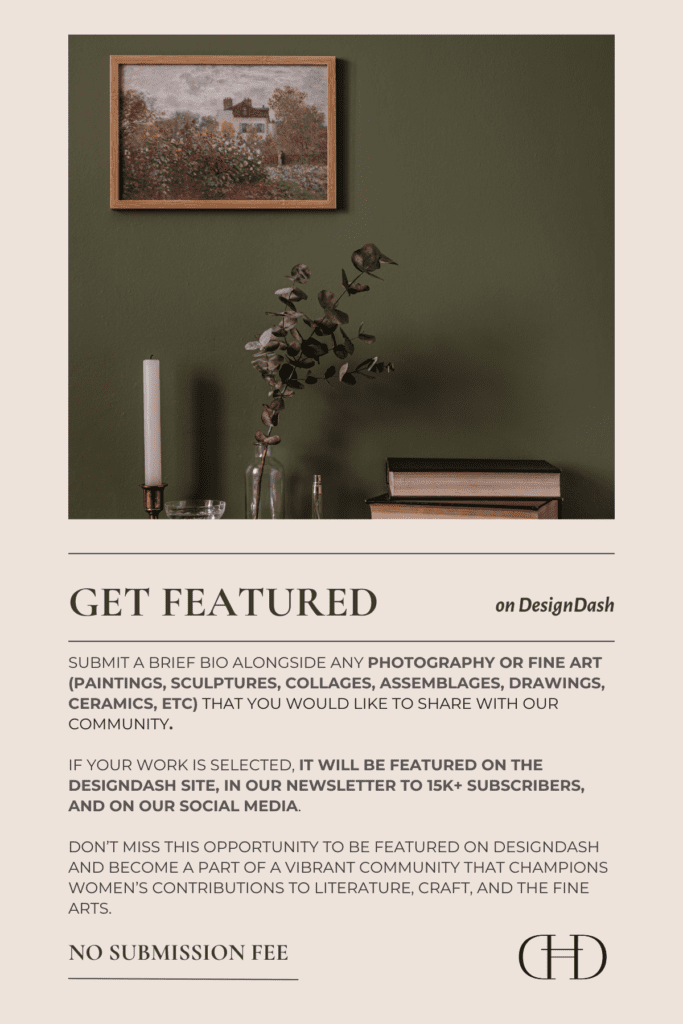
are you a fine artist or photographer?
The Paradox of Choice and Decision Fatigue
In a world brimming with choices, creative individuals often find themselves paralyzed by the sheer abundance of options. The Paradox of Choice posits that while choice is conventionally associated with freedom and autonomy, an overabundance of options can lead to increased anxiety, paralysis in decision-making, and dissatisfaction with one’s eventual choice.
This phenomenon is closely related to decision fatigue: the deteriorating quality of decisions made by an individual after a prolonged session of decision-making. As choices accumulate, the mental effort required to evaluate options depletes cognitive resources—leading to suboptimal decisions, impulsivity, or even avoidance of choice altogether. This can negatively impact the creative process.
Both concepts underscore the cognitive and emotional burdens imposed by modern society’s vast array of choices—challenging the traditional notion that more choice is invariably beneficial.
Fear of Judgment and Its Stifling Effect

The fear of judgment—be it from peers or self-inflicted—is a terrible adversary of creativity. This fear can breed self-doubt—causing you to second-guess your ideas and ultimately stifling your creative expression.
The fear of being judged is only compounded by the proliferation of social media networking and internet connectivity. Comparison may be the original thief of joy, but fear of criticism is a close second. With the power of “critique” lying in the hands of social media followers, every creative is subject to immediate feedback in the form of comments, likes, and dislikes.
Fear of making a mistake or being misunderstood is yet another contributor to creative block.
External Factors
Environmental Disruptions and Their Impact on the Creative Energy
The external environment can significantly shape your creative process and overall well-being. Environmental disruptions—such as noise, interruptions, or a cluttered workspace—can derail your creative flow. These disturbances can fragment your focus—making it challenging to immerse yourself fully in your creative work.
The Influence of Repetitive Routines and Lack of New Experiences
Repetitive routines and a lack of new experiences can also contribute to a loss of creative energy. Novelty and fresh experiences often ignite creative thinking, while the monotony of routine can lull your mind into a state of complacency. Sometimes you need a new environment for new inspiration.
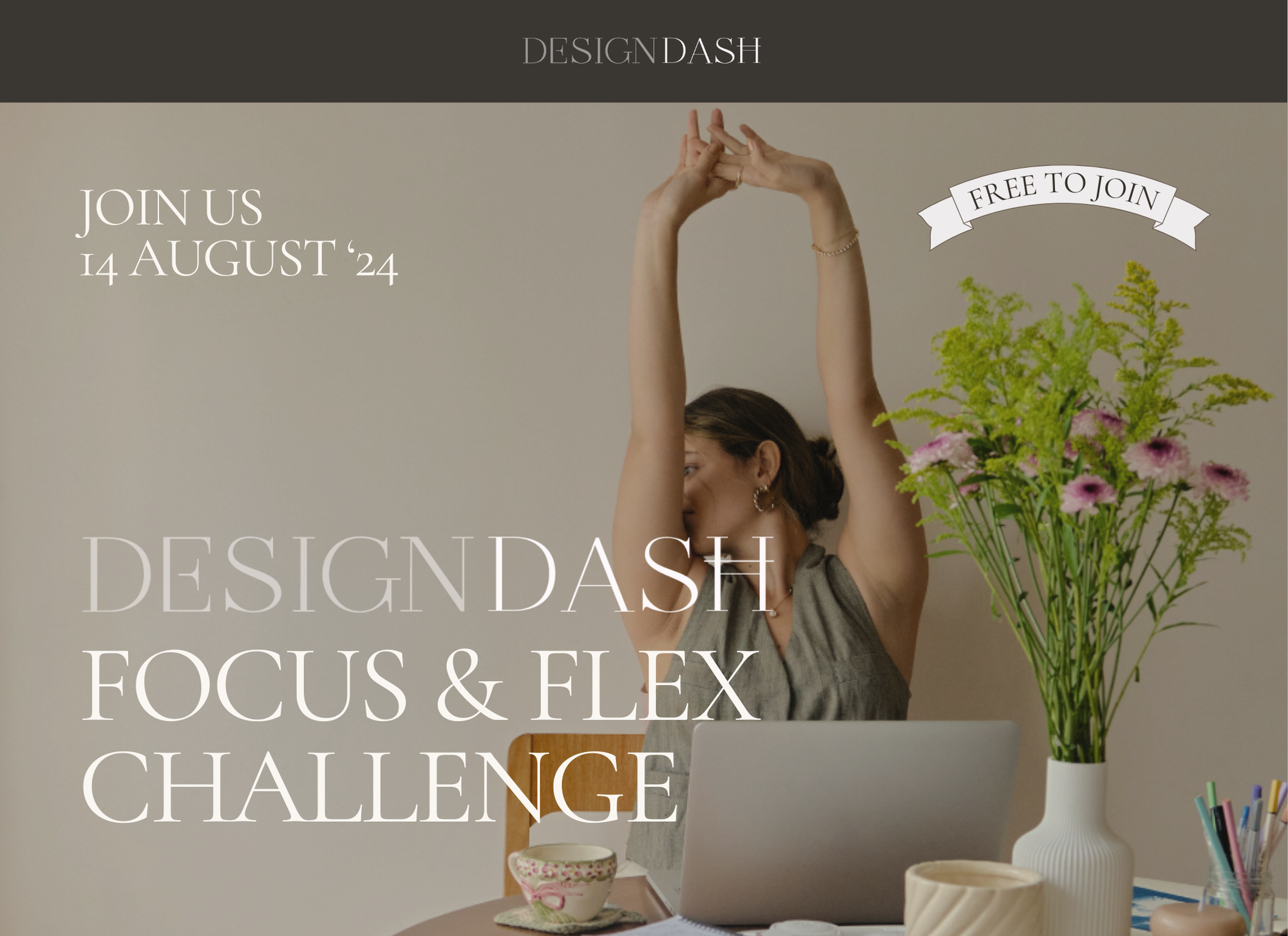
Location:
Virtual Challenge
Date:
14 — 21 August 2024
Recognizing the Signs of Creative Block
Identifying the signs of creative block is the first step towards overcoming this creative impasse. It’s a multifaceted challenge that can manifest in various ways. Let’s take a look at the physical, emotional, and behavioral symptoms that signal creative block.
Physical Symptoms
Creative blocks can take a toll on your body—leading to feelings of fatigue, restlessness, and even headaches. The mental strain of battling a creative block can leave you physically drained.
Emotional Symptoms
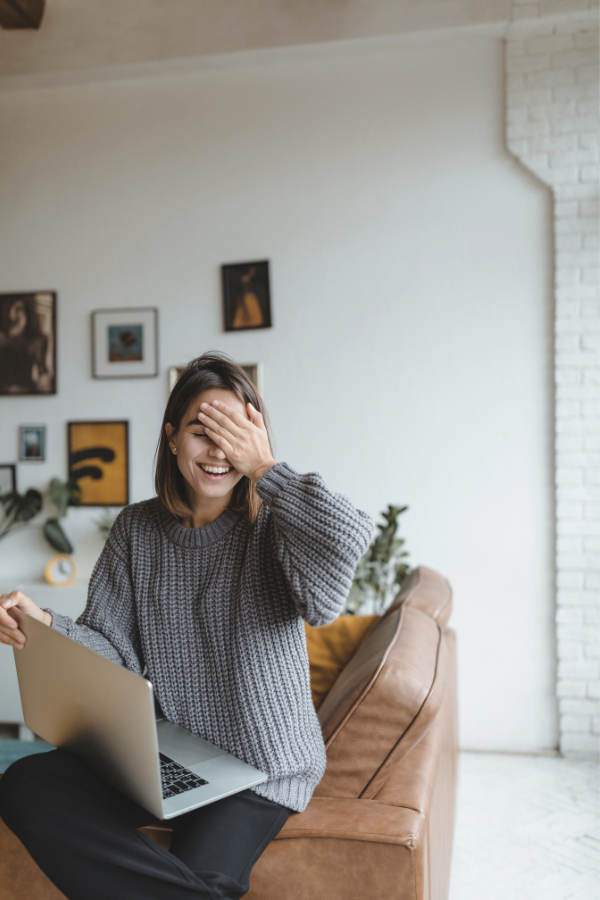
Emotionally, creative blocks often give rise to frustration, self-doubt, and a pervasive lack of motivation. You might find yourself questioning your abilities and the quality of your work.
Behavioral Symptoms
Behaviorally, creative block can lead to a cycle of procrastination, avoidance, and inconsistent work patterns. You might struggle to initiate creative tasks or find yourself constantly sidestepping them. Recognizing these symptoms is the foremost step toward implementing strategies to conquer creative block.
Techniques to Overcome Creative Block
While creative blocks can be frustrating, it’s essential to recognize that not all standard strategies like “taking a break” or “meditating” work universally. We should shun the “one size fits all” mindset.
In the following section, we look into a variety of approaches aimed at helping designers, architects, artists, and other creatives overcome creative blocks and get those creative juices flowing once more. Techniques like brainstorming, physical activity, environmental changes, and more constitute a diverse toolkit—offering multiple paths to reignite your creative spark and overcome the hurdles posed by the creative block in starting new creative projects.
Brainstorming, Seeking Feedback, and Mind Mapping
Overcoming creative block often begins with effective brainstorming and mind mapping. Brainstorming—typically a collaborative process—encourages the free flow of new ideas without immediate judgment. This fosters an environment where even unconventional thoughts can be explored—thereby stimulating neural pathways associated with creativity.
Mind mapping—on the other hand—is a visual technique that represents ideas and their interconnections hierarchically. It starts with a central concept and branches outwards. This structure aids in visualizing relationships between ideas, promoting holistic thinking, and revealing potential avenues of exploration that might remain obscured in linear thought processes.
Together, these techniques catalyze cognitive flexibility—helping to navigate and dismantle the barriers of creative block so you can make headway on your new project.
Physical Activity and Movement

Movement can help bust creative block. Exercise can invigorate the brain, enhance cognitive functions, and foster creativity. By incorporating regular physical activity—even in small increments—you can stimulate your mind, relieve stress, and get back to your latest creative project.
Whether it’s a brisk walk, a brief yoga session, or a visit to the gym, the act of moving your body can inspire fresh, innovative design ideas by setting your mind free for a bit.
Changing the Environment
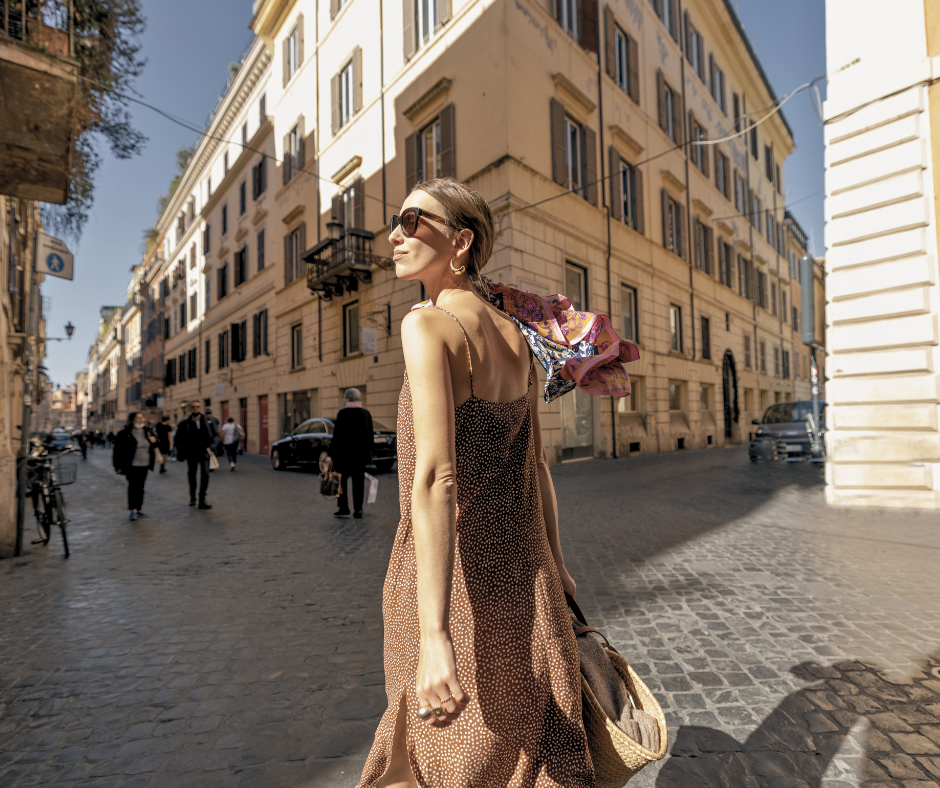
Designers naturally understand the profound impact of their work environment. Environmental changes—whether subtle like rearranging a workspace or more pronounced like traveling to a new location—expose the brain to fresh sensory inputs and experiences. This influx of new information can disrupt habitual patterns of thought—fostering neural plasticity and promoting the formation of new neural connections.
Additionally, diverse environments can evoke different emotional and psychological responses—further catalyzing creative thinking. In essence, a change in surroundings acts as a cognitive reset—offering a fresh perspective and reinvigorating the creative faculties that may have been stifled in a familiar or monotonous setting.
The Potential Benefits of Travel or Nature Immersion
By uprooting you from your day-to-day environment, travel can help break you out of a stubborn block. Exploring new locales, cultures, and natural landscapes can provide fresh perspectives and inspire innovative design ideas. These experiences not only break the monotony but also infuse designs with newfound vitality.
Meditation and Mindfulness Practices
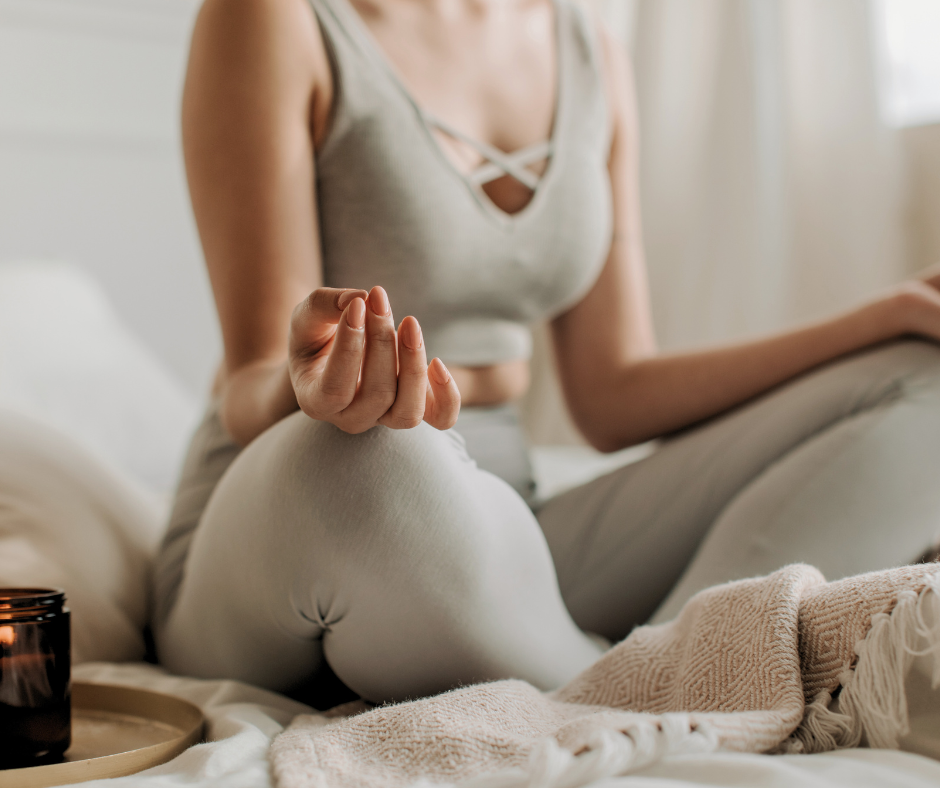
With the pressure of social media and the constant barrage of messages from clients, interior designers and other creative people can benefit from mindfulness and meditation. These self-care practices offer respite from the whirlwind of modern life—quelling anxiety and stress. Amid the cacophony of busy schedules, they provide a tranquil space for introspection. This serenity not only enhances well-being but also opens pathways to creativity.
Routine and Discipline
Establishing a routine with regular creative hours can be a game-changer for creative professionals. It creates a structured framework that fosters consistency and productivity. By allocating specific time slots for creativity, designers can cultivate a focused mindset and summon their creative energies at will. This routine nurtures a rhythm that optimizes creative output—ensuring that ideas flow seamlessly.
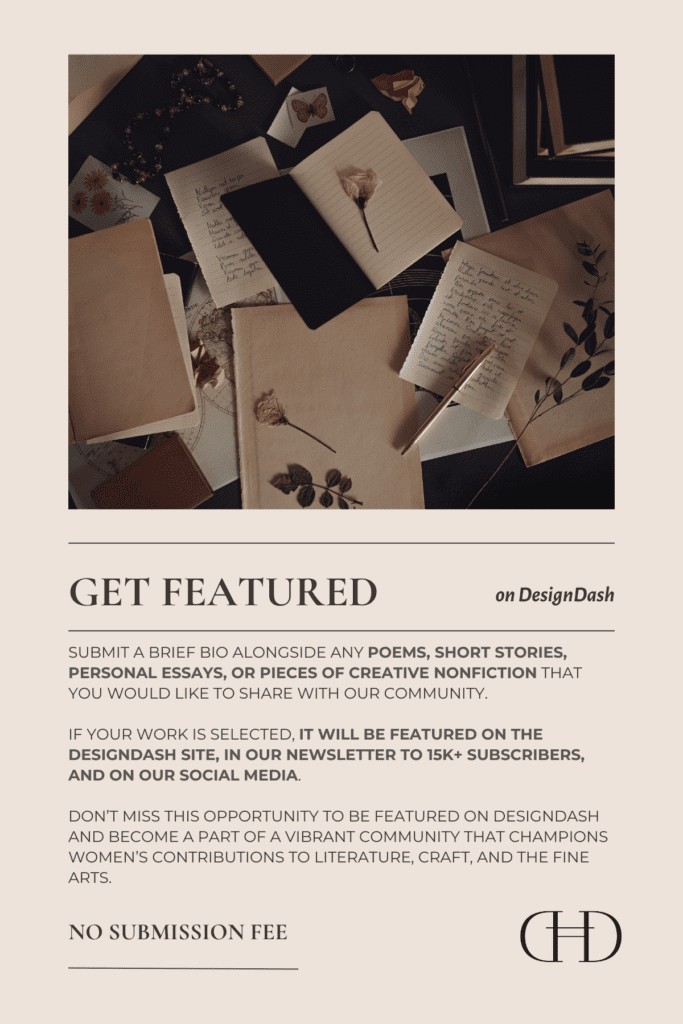
are you a writer?
How Constraints Can Paradoxically Enhance Creativity
Surprisingly, constraints can actually be catalysts for innovation. When creatives embrace limitations, they are forced to think creatively within defined parameters. This paradoxical process can lead to ingenious solutions and inventive designs.
Doing Something Passive
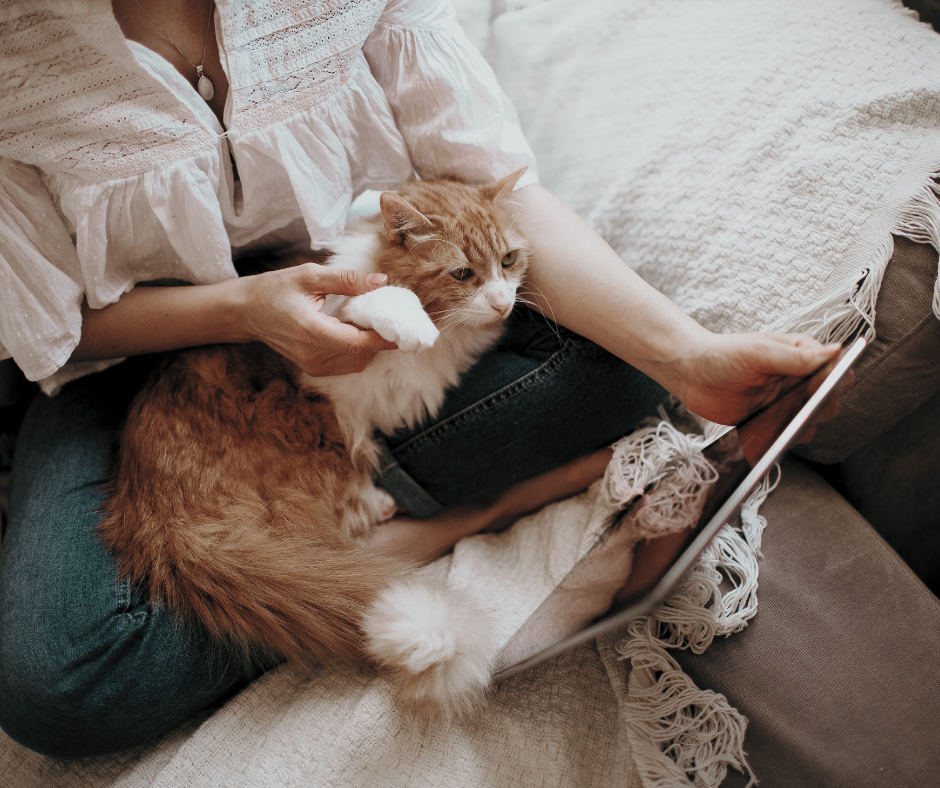
Instead of active problem-solving, engaging in passive activities like reading, watching films, or simply daydreaming can provide the mental rest needed for fresh ideas to flourish. This passive mode allows the mind to wander freely—unconstrained by the pressures of immediate productivity.
It often leads to unexpected connections, creative insights, and a renewed perspective. For interior designers, resorting to passive activities can be a pathway to “rekindling their creative spark” and unlocking innovative design solutions.
Embracing and Learning from Creative Block
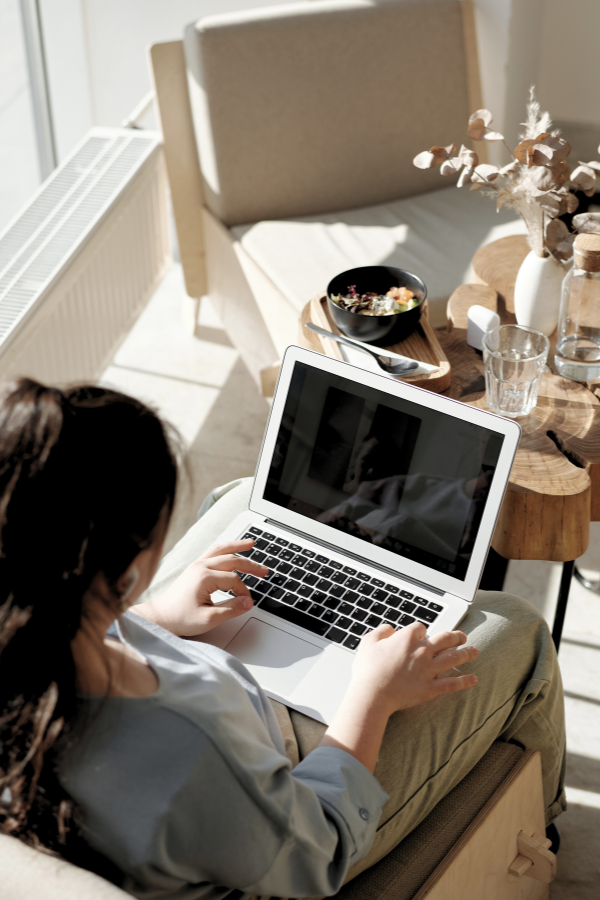
Creative block—while often perceived as a hindrance—can serve as a valuable catalyst for personal and artistic growth. Encountering such obstacles prompts introspection—compelling individuals to confront underlying fears, insecurities, or external pressures that may be stifling their creativity.
This self-awareness can lead to the development of resilience, adaptability, and enhanced problem-solving skills. Furthermore, the quest to overcome creative block often necessitates the exploration of new techniques, mediums, or perspectives. This can foster a broader and more versatile skill set.
Understanding that creative block is a natural part of the creative process helps designers navigate it with patience and grace. Just as the tides ebb and flow, creativity has its seasons of abundance and moments of reflection.
By Anila Hasnain.
Design Dash
Join us in designing a life you love.
January 2026 Interior Design Events You Can’t Miss
January 2026 design fairs offer firm owners early insight into sourcing, materials, and market direction for the year ahead.
7 Fabulous French Furniture Brands to Honor Before Maison&Objet
With Maison&Objet Paris 2026 on the horizon, now is the perfect time to honor these iconic French furniture brands!
10 Design-Forward Menorahs for a Meaningful (and Artful) Hanukkah
Enjoy ten design-forward menorahs that combine ritual and artistry. These objects feel meaningful, intentional, and at home year-round.
5 Designer-Approved Christmas Trees to Inspire Your Holiday Decorating
LIKE 2 LEAVE COMMENT 0 6 min read SummaryThe most compelling Christmas trees don’t focus on chasing trends or achieving perfection; instead, context is key. These five designer-approved trees show how scale, materials, setting, and personality can shape holiday decorating that feels intentional, expressive, and true to its environment, whether playful, restrained, lived-in, or theatrical.…
11 Christmas Paintings to Put You in the Holiday Spirit This Year
Explore 11 Christmas paintings that celebrate the beauty, traditions, and emotions of this festive, fun, and meaningful holiday season.
Styling Spaces Seasonally for Evergreen Portfolio Content + Of-the-Moment Marketing
Learn how interior designers can style spaces seasonally to create both evergreen portfolio images and timely marketing content.




